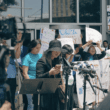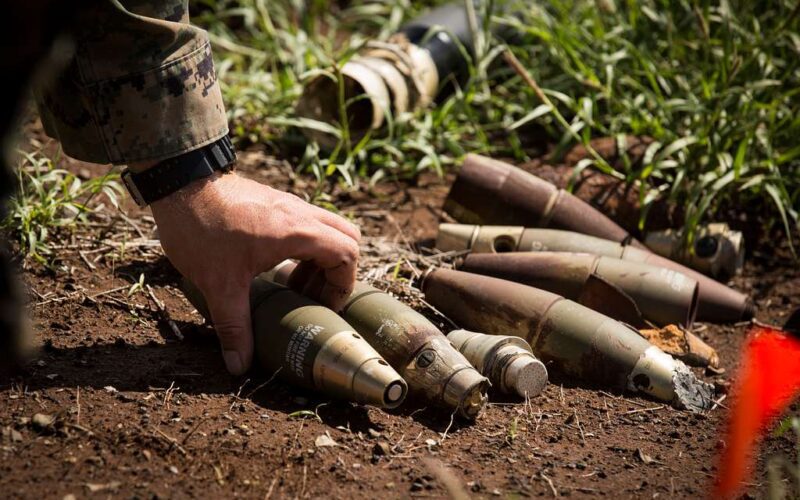Sign up here to receive The Yappie's weekly briefing on Asian American + Pacific Islander politics and support our work by making a donation.
A ProPublica and Honolulu Star-Advertiser investigation by Rob Perez has exposed a decades-long stall and organizational failures in the U.S. Army Corps of Engineers’ remediation efforts on Native Hawaiian lands that were previously used for military training, including “live-fire exercises,” during World War II. Here's what you need to know.
What’s at stake: Inaction on the part of the Army Corps—charged with removing unexploded ordnance (UXO) from the former Waikoloa Maneuver Area (WMA)—has derailed the plans of hundreds of Native Hawaiians hoping to buy and purchase homes on lands that the federal government set aside for them in a trust.
Ongoing struggle: In 2014, the U.S. Department of Housing and Urban Development ordered a freeze on federal housing funds through the region over safety concerns involving the detonation of UXO. Eight years later, however, advocates say the dragged-out delay has hindered Native Hawaiians’ ability to build financial equity as real estate costs in Hawai‘i skyrocket.
Yet questions over how best to detect and remove UXO have been ongoing for years. In 2020, the Hawai‘i Department of Health designated all areas within the WMA, even those previously cleared by the Army Corps, as having a “residual risk” of UXO.
Questions of responsibility: Native Hawaiians have called on the Department of Hawaiian Home Lands—established by Congress to help people of at least 50% Native Hawaiian descent regain ownership of their ancestral lands—to finance and support UXO remediation efforts.
But the department, which received $600 million from Congress this year to finance housing and land acquisition, argues that the federal government should be responsible for covering the costs, Perez reports. Advocates have also demanded greater federal oversight from Congress and the Biden administration.
This story appeared as "The Big Story" in The Yappie's Dec. 6, 2022 newsletter.
The Yappie is your must-read briefing on AAPI power, politics, and influence, fiscally sponsored by the Asian American Journalists Association. Make a donation, subscribe, and follow us on Twitter (@theyappie). Send tips and feedback to [email protected].









